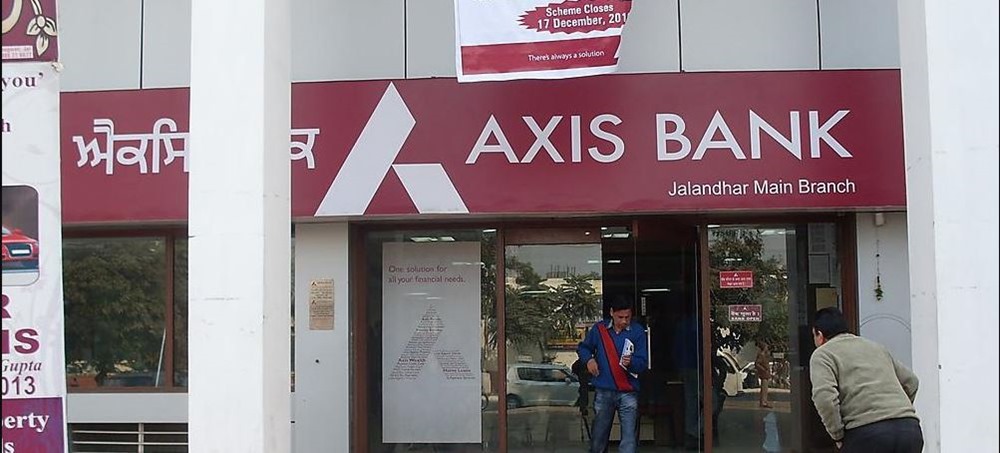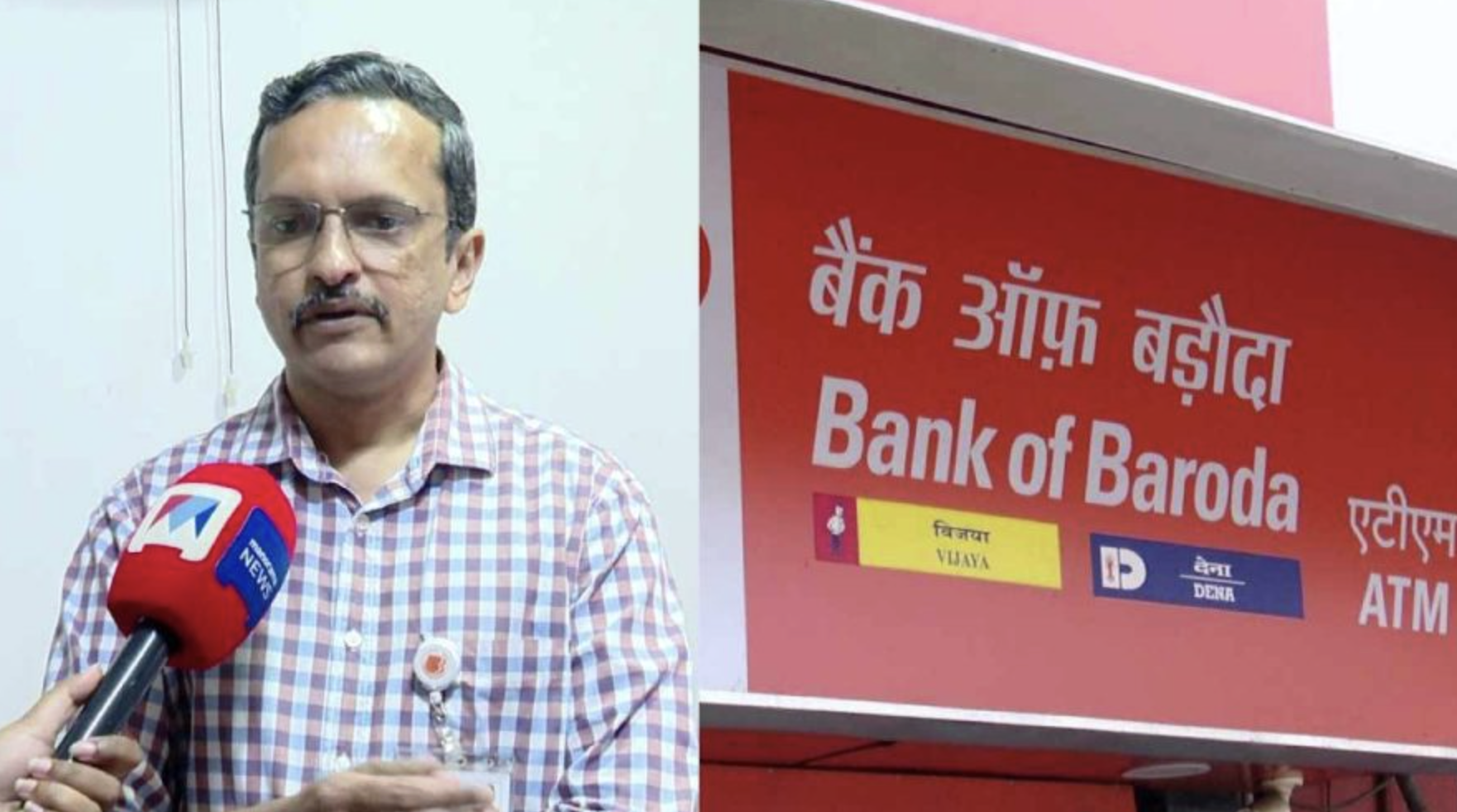In a significant move to modernize its communication strategies, the Karnataka government has announced the engagement of social media influencers and digital media entities to promote its schemes and programs. The Department of Information and Public Relations (DIPR) has rolled out the Karnataka Digital Advertising Guidelines-2024, allowing these entities to receive government advertisements and connect with the tech-savvy public.

Categories of Influencers
Under the new guidelines, social media influencers are categorized based on their follower count into three groups: nano influencers (1 lakh to 5 lakh followers), micro influencers (5 lakh to 10 lakh followers), and macro influencers (above 10 lakh followers). This classification will help the government tailor its advertising strategies to effectively reach diverse audiences.
Engagement Opportunities
Influencers will be engaged for various promotional activities, including brand ambassadorships, sponsored posts, guest contributions, content collaborations, themed campaigns, shoutouts, reviews, and event promotions. This approach aims to leverage the influence of digital personalities to raise awareness about government initiatives and connect with younger demographics.
Eligibility Criteria for Digital Media Entities
To qualify for government advertising, digital media entities must be registered with the DIPR. This includes a wide range of platforms such as video-streaming services like YouTube, social media platforms like Facebook and Instagram, search engines like Google, and fintech platforms like Paytm and PhonePe. Additionally, app download platforms, news aggregators, and even interactive voice response systems (IVRS) are eligible to participate.
The Shift to Digital Advertising
The DIPR aims to utilize digital advertising to effectively communicate government schemes to the internet-savvy population. The guidelines state that all digital advertising requirements from various government departments and local governing bodies must be executed through the DIPR. This shift recognizes that digital advertising has surpassed traditional media in reach and effectiveness, making it a crucial component of modern communication strategies.
Conclusion
The Karnataka government’s decision to engage influencers and digital media entities marks a progressive step towards embracing digital transformation in public communication. By leveraging the vast reach of social media and digital platforms, the government aims to foster greater awareness and participation in its initiatives, ultimately benefiting the citizens of Karnataka.













